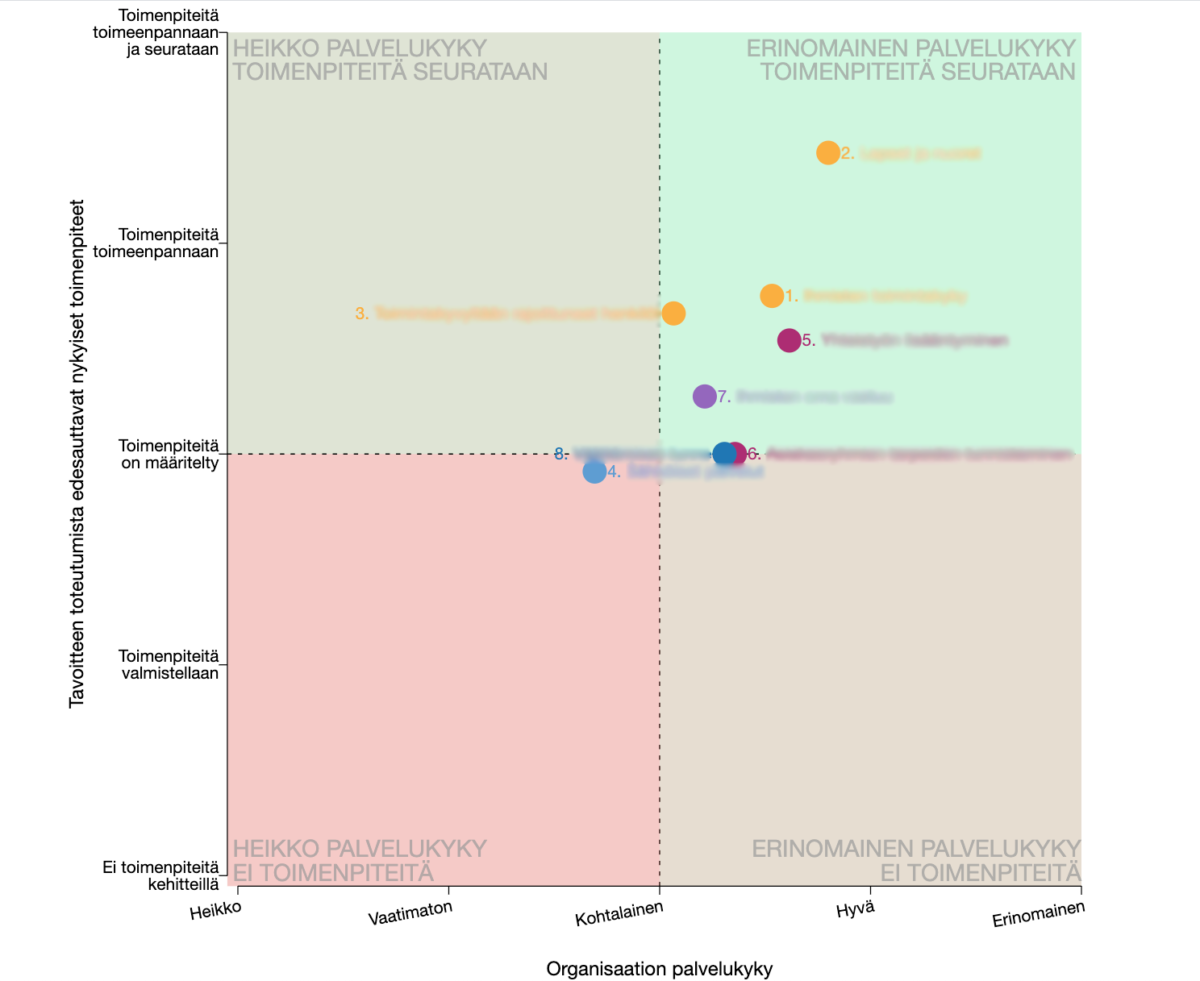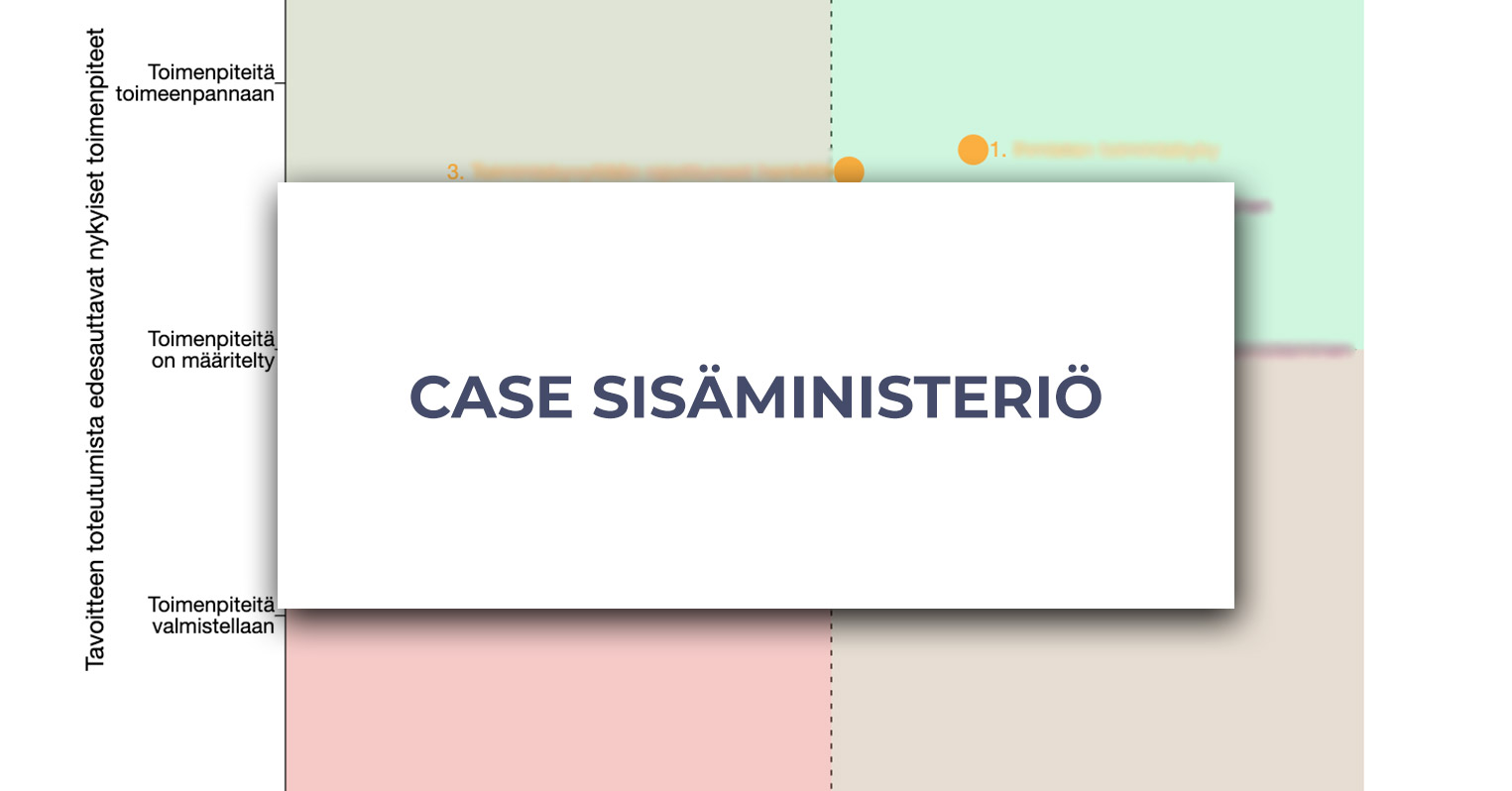Ministry of the Interior’s rescue services uses Inclus for implementing the impact targets defined in the national action plan for incident prevention.
The ministry’s collaboration with Inclus began with the ministry’s need to assess the Finnish rescue sector’s capabilities in relation to the impact targets in their incident prevention action plan. “Our aim was to implement the impact targets as efficiently as possible. Inclus was a good fit for our ambitions and was therefore a natural software partner to us” Jari Lepistö, Senior Officer for Rescue Services, elaborates.
Lepistö’s responsibilities in the ministry include safety education and communication as well as implementing the action plan for incident prevention. Assessing the capabilities related to impact targets was a comprehensive part of the project. All of Finland’s 22 rescue departments have been involved. “The Rescue Services Academy and rescue associations have also participated in addition to the rescue departments. So, we are talking about a nationally significant project” Lepistö continues.
Establishing a situational analysis with collaborative assessment
Conducting a collaborative assessment with all rescue services organizations was the first step where Inclus was involved. It allowed participants to assess their own and organizations capabilities in relation to the impact targets with ease. According to Lepistö the gathered assessment data was essential for establishing an organization-specific situational analysis.
After the assessment the Ministry arranged workshops for each organization, during which the assessment results were analyzed, and possible measures discussed. Documenting the generated thoughts and ideas in the same software helped the working process. Inclus’ results view and dynamic graphs visualized the results to the participants, and assisted workshop facilitators to lead the discussion.
“In our case the collaborational aspect of Inclus was key. It was great to use a tool that truly includes and involves people to ponder things over. The software was intuitive and stable to use, which allowed us to focus on the process and ultimately work more efficiently” Lepistö says.

Comparing assessment data and analyzing the big picture
In the project’s next phase, the assessment results are analyzed on a national level. Meaning that the results are assessed as a whole, and comparisons are made between the organization-specific results. This process is done using Inclus’ Benchmarking feature. Having stored all assessment and workshop data in the same software, it enables flexible data filtering and analysis. With the Benchmarking feature, Lepistö, has been able to identify differences in the organizations’ capabilities, and discover quantifiable measures to help reach the impact targets. Furthermore, the Ministry also conducted an interdependency analysis to better understand how the impact targets are related to each other.
The end-result of the project will be a national report that gives a complete overview of the rescue services’ incident prevention capabilities in relation to the impact targets. “A key learning from this project has been that successfully implementing national strategies and action plans require a lot of work – Inclus has been a great supporting tool to achieve our project” Lepistö concludes.




